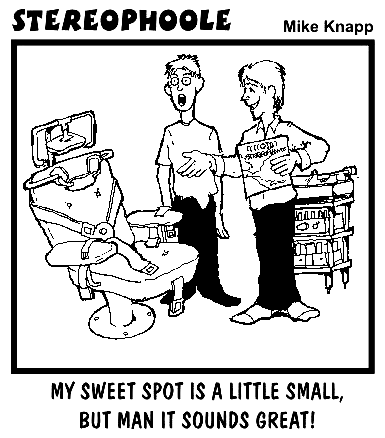- Thread Starter
- #21
Very interesting, thank you, in fact just last night I was reading a great article by Ethan Winer exactly about the same room acoustic differentiations:To add to the discussion a little: If the FR is flat and the THD isn't insane, any audible differences in the DAC (or amp) usually exist in the listener's mind only, as this thread and others have pointed out.
However, you will probably come across speakers that have "the same FR" that sound different, too. In this case, they actually do sound different. This is because of "directivity" / "dispersion" which refers to how the FR varies depending on what angle the speaker is facing relative to you and the room.
This is why we look at "spinoramas" which measure the on-axis (facing straight at the speaker) frequency response, as well as off-axis (speaker is angled away from the listener) frequency response. They can be very different and they can vary in complicated ways.
What you hear when you listen to a speaker is a combination of the on- and off-axis measurements. All of the sound from the speaker bounces around the room and some of it reaches your ears. So you really need to see both to get a good idea.
Many times you only get to see the on-axis measurement. This is probably the single most important measurement, but you can't get a good sense of how the speaker REALLY sounds unless you also see several off-axis measurements.
Speaker measurements are both useful, more complicated, and more interesting than DAC or amp measurements. On- and off-axis FR are really only the beginning, but they are the biggest part of the story when it comes to speaker performance.

Why We Believe
ethanwiner.com
To be honest, I was extremely surprised to see that moving around even by 4 inches could make a huge deal and affect the FR.
Well, that doesn't apply to headphones and IEMs obviously, yet it shows how easily sound can be altered by the surroundings and effectively ruin any hi end setup.

